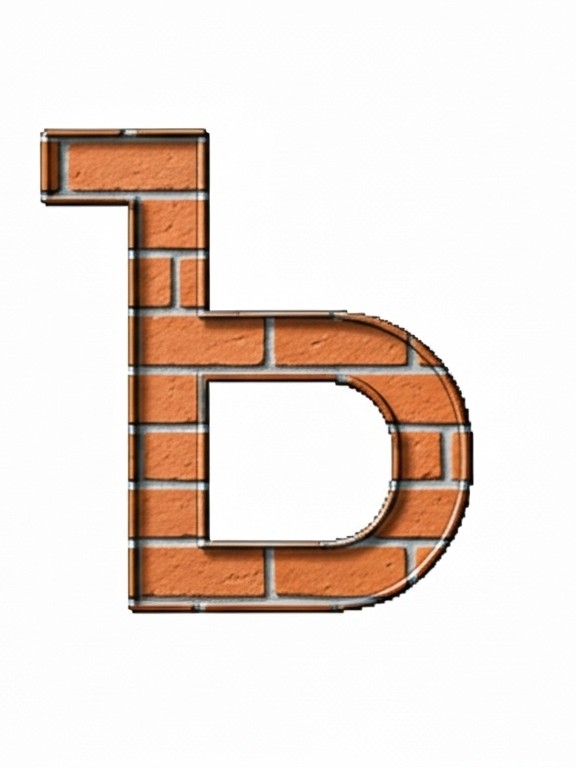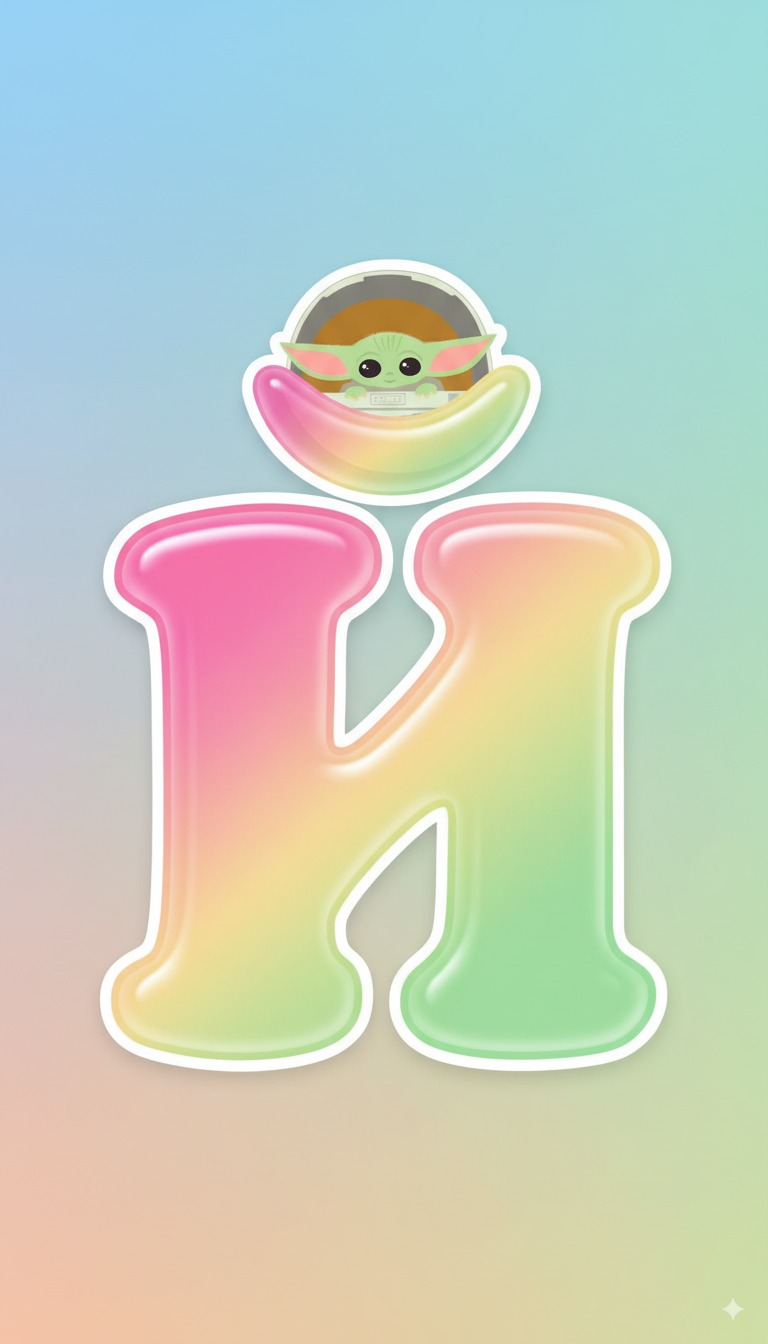| Letter | Handwriting | Name (RU) | Sound [IPA] | Similar English Sound |
|---|---|---|---|---|
| Ь ь | Ь ь | мягкий знак | — | soft sign (no sound) |
| Ъ ъ | Ъ ъ | твёрдый знак | — | hard sign (no sound) |
| Й й | Й й | й | [y] | yes |
These three letters don’t behave like the others in the alphabet.
The soft sign (Ь) and the hard sign (Ъ) don’t have sounds of their own (voiceless). They change how the consonant before them
and the vowel after them are pronounced.
The letter Й is special too: it’s not technically a consonant but a
semivowel (a glide).
Letter Ь: The Soft Sign
The two main uses of the soft sign:
- Makes the consonant before it soft. Example: шесть → [ʃɛstʲ].
- Separating vowels: When placed between a consonant and a "soft" vowel (е, ё, ю, я), the soft sign prevents the vowel from softening the preceding consonant. Instead, it creates a distinct separation, adding a small "y" sound before the vowel. We will learn more about this in the "Vowels" lesson.
The IPA uses the ʲ symbol to indicate that the letter is "palatalized" (soft). We will use a simplified IPA notation with a superscript ʸ to indicate soft consonants, e.g., т [t] ть [tʸ].
Letter Ъ: The Hard Sign:

About the hard sign:
- ъ is always used as a separator”
- Appears only before е, ё, ю, я: объект, подъём, съёмка, инъекция.
- It is also silent. Think of the English apostrophe: it’s silent but changes reading/meaning (can’t ≠ cant).
- Key rule: ь = soft/sometimes separator; ъ = hard/always separator.
- The hard sign (ъ) is not very common in modern Russian, so we’ll only spend a little time on it.
- Extra History Note 💡
How to hear and say "soft" and "hard" signs
- In Russian, most consonants have both a "hard" and "soft" version, and the soft sign is one way to create the soft version. In the next lesson, we will learn that certain vowels (е, ё, ю, я) also make the preceding consonant soft.
- Mimic the "ny" in "canyon": The Russian soft "n" (нь) is the closest analogy for English speakers. Notice how in the word canyon, your tongue taps the roof of your mouth. Now try to make that same tongue shape for other consonants.
- Imagine a silent "y": For many soft consonants, you can think of it as if you are adding a quick, silent "y" sound right after the consonant.
Here are some tips to help you hear and pronounce soft or separated consonants:
| Russian | IPA | English | Similar English Sound |
|---|---|---|---|
| конь | [konʸ] | horse | Like "ny" in canyon. |
| ест | [yest] | eats | The hard 't' is similar to the 't' in the English word top. |
| есть | "[yestʸ]" | is, eat | The soft 't' has that added "y" sound, like the 't' in tune. |
| сесть | [sʸesʸtʸ] | to sit down | Deep Dive |
| съесть | [syesʸtʸ] | to finish eating | A hard s and an English [y] as in yes or lawyer after the 't'. |
| счастье | [schasʸtʸye] | happiness | Soft t and an English [y] as in yes or lawyer after the 't'. |
Adding and removing a soft or hard sign can create a completely different word! For example:
- мель (shallow water) vs. мел (chalk)
- шесть (six) vs. шест (pole)
- съесть (to finish eating) vs. сесть (to sit)
Letter Й: И Краткое

- Й is like the English Y in Yoda. Imagine a little Baby Yoda sitting in a space pod that is nested in the hat of the letter Й
- It only makes the short Y sound as in Yoda or Yes, never a vowel sound as in baby.
Reading Practice
- Йо́да
- йо́гурт
- объе́кт
- субъе́кт
- мой
- тень — shadow
- жить — to live
- пье́са — a play
- шесть — 6
- во́семь— 8